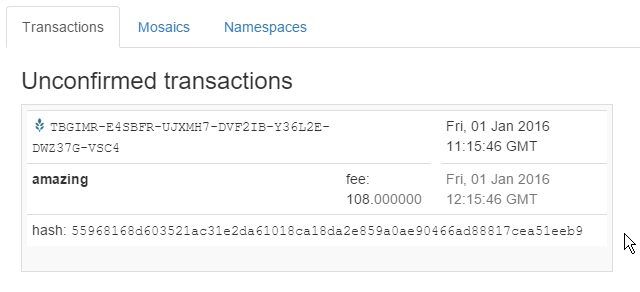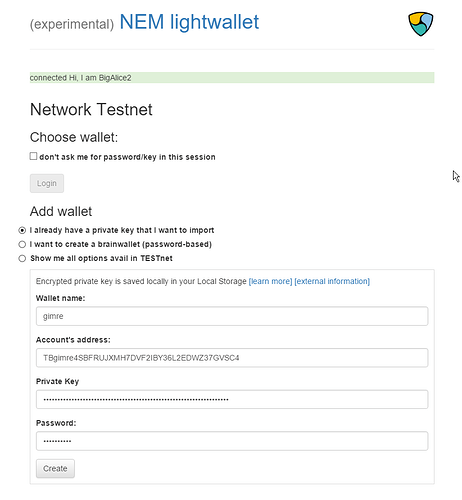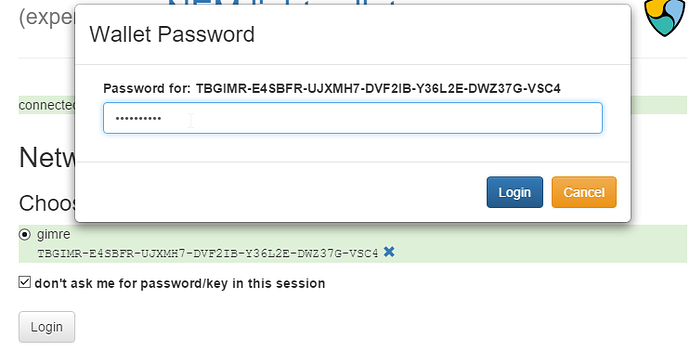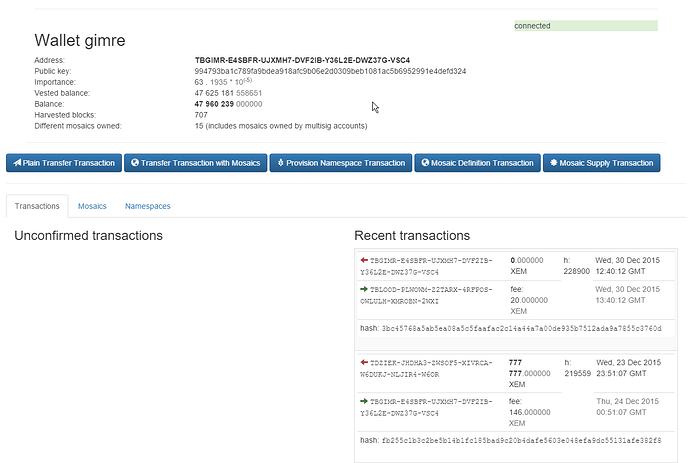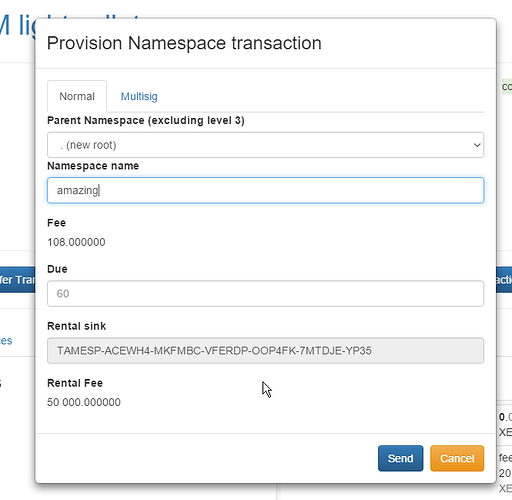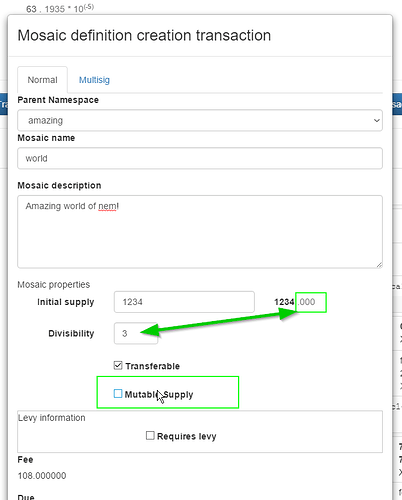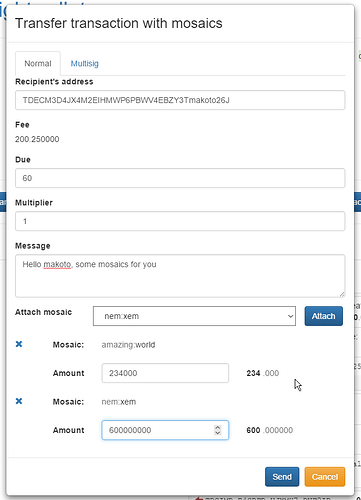I hope that I am correctly intuiting that this lite wallet will eventually transition into a stand alone program that is effectively a front end for a full wallet address.
I envision the user can download the windows, osx, android, ios or Linux (.deb) and run it. They will face a log in screen that requires address and password (2FA?). This can be installed at any location and would be handled similar to mobile apps (ie, they don’t download the whole block chain, they used hosted nodes).
The difference being the coins you own are not stored on the mobile device nor the computer you installed the lite wallet on. The lite wallet simply gives you rudimentary control over the wallet address. Security is crucial with this, and multisig may be required to do this.
This seems like an interesting potential evolution for the newly introduced feature.
I also wonder about the potential use cases for Namespaces and Mosaics.
Might Namespaces be read-only websites built in to the chain? What are the limitations? Can they pull in data from outside once in the chain? Can they use variables from outside the chain that would some how reflect the present time after they were embedded two years ago? Or are they merely large capacity database entries?
Are Mosaics something that can be used for more than tokens? What about financial derivatives, instruments with more specified characteristics on top of normal XEM. Show me an example, my curiosity is piqued. What can they store beyond alphanumerics and an amount of XEM with custom divisibility?
The possibilities are too far spread apart to see concise goals to work toward.
My questions are supportive and I’m definitely invested for a long ride.
PS I just wanted to add that I think a wallet address shortening app comparable to goo.gl or bit.ly for urls would be a brilliant first for any crypto coin.
PSS Multipool mining is an excellent way to increase XEM value. SHA-256 miners receive payouts in XEM. The XEM comes from instant BTC to XEM conversion. Which is effectively buy support. With enough hashing power, buy support begins to really matter. Think about it.
Cheers from the Midwest!
